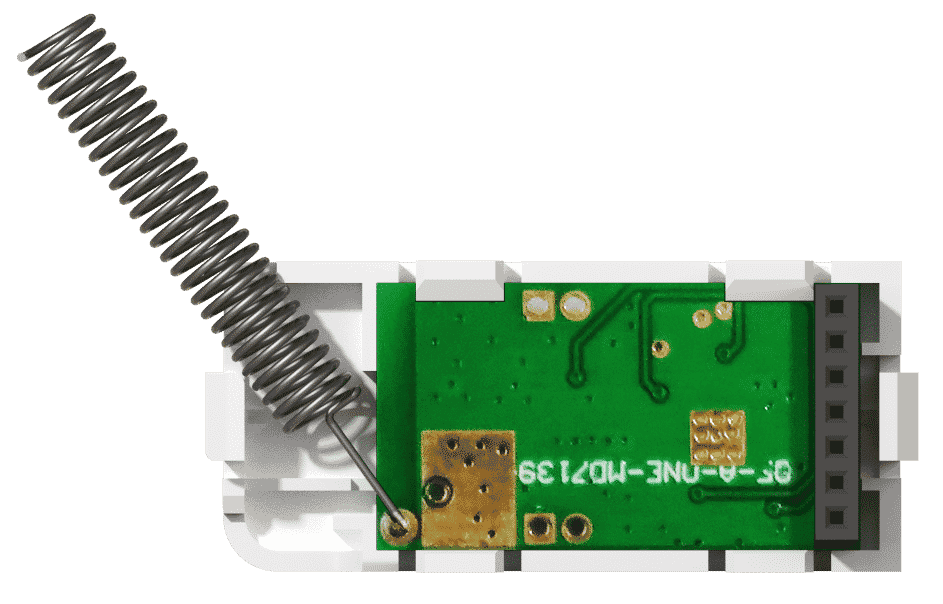It’s interesting to read the history behind who discovered the photoelectric effect. Many famous physicists, including Albert Einstein, contributed to the years of research – both theoretical and experimental – that furthered our understanding of this phenomenon. Although it was discovered years ago, it has led to technological advances in modern smoke detectors.
Who discovered the photoelectric effect?
Heinrich Hertz, a German physicist, first discovered the photoelectric effect in 1887. He was conducting work on radio waves when he discovered this relationship between light and electricity. Lenard, another physicist, later demonstrated that a metal surface releases electrically charged particles when a light source illuminates it. Furthermore, Lenard identified these particles as being identical to electrons.
But what is it, exactly, that they discovered? And why was it so important then? And why is it still important now?
What is the photoelectric effect?
A common definition is: the ejection of electrons from a metal plate when light falls on it. That is the photoelectric effect, in a nutshell. But this definition is deceptively simple.
In addition to the common explanation of the photoelectric effect, there is a broader definition. According to this definition, the radiant light can invisible, infrared, ultraviolet light, gamma rays, or x-rays. The material can be solid, liquid, or a gas. The material can release particles that are ions (electrically charged atoms or molecules) and/or electrons.
The phenomenon is important in the development of modern physics because it raised questions about the nature of light. And why did these questions arise?
Scientists could simply not explain some of their observations.
Classical physics regarded light as an electromagnetic wave. However, this could not account for the interaction between light and matter that is evident in the photoelectric effect. It’s no wonder that so many famous physicists turned their attention to this phenomenon. Here was a chance to explain what was (at that point, anyway) the inexplicable!
What were these inexplicable observations? Well, for one, the maximum kinetic energy of the electrons did not vary in accordance with the intensity of the light. Instead, it was in proportion to the frequency of the light. The light intensity, rather than determining the maximum kinetic energy of the electrons, determined the electrical current. In other words: how many electrons the metal emitted.
In addition, once a radiant light source was introduced, it took almost no time for the material to emit electrons.
If light was purely a wave of electromagnetic radiation, it would not have this effect. So that meant that the very basic understanding and explanation of light was incorrect. What then, was light? How could scientists explain these observations?
It was Albert Einstein who resolved these questions about wave particle duality in 1905.
Einstein’s groundbreaking work included new theories pertaining to photons, quantum energy, the work function of electrons, and more. This culminated in Einstein’s photoelectric equation, which was later verified by other physicists. In 1921 Albert Einstein was awarded the Nobel Prize in Physics for his work that explained the photoelectric effect.
The photoelectric effect has many applications in modern devices.
Devices that utilise the photoelectric effect can produce a current that is in direct proportion to the light source, in almost no time at all.
One example is the photoelectric cell. Industries use these cells in solar cells, imaging, fibre optic networks, pollution monitoring, industrial process control, and many other applications.
Modern photoelectric smoke alarms feature the latest photoelectric technology. These advanced smoke alarms provide an advanced level of fire warnings in home. They give off earlier alarm signals, providing people with more time to escape a building in the event of a fire. Furthermore, you can interconnect these photoelectric smoke alarms wirelessly, ensuring a greater degree of fire safety throughout your home!
